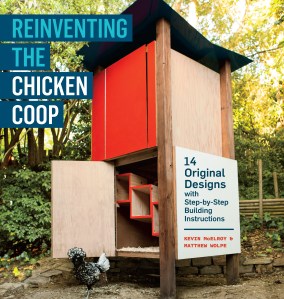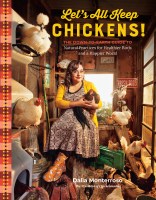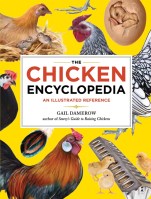Backyard Makeover: Build a Chicken Coop
Learn how to build a chicken coop that you won’t want to relegate to your backyard!
During the process of designing and building coops for Reinventing the Chicken Coop, we became accustomed to quizzical looks when explaining our latest projects. “Why would you want to build a chicken coop?” folks would ask.
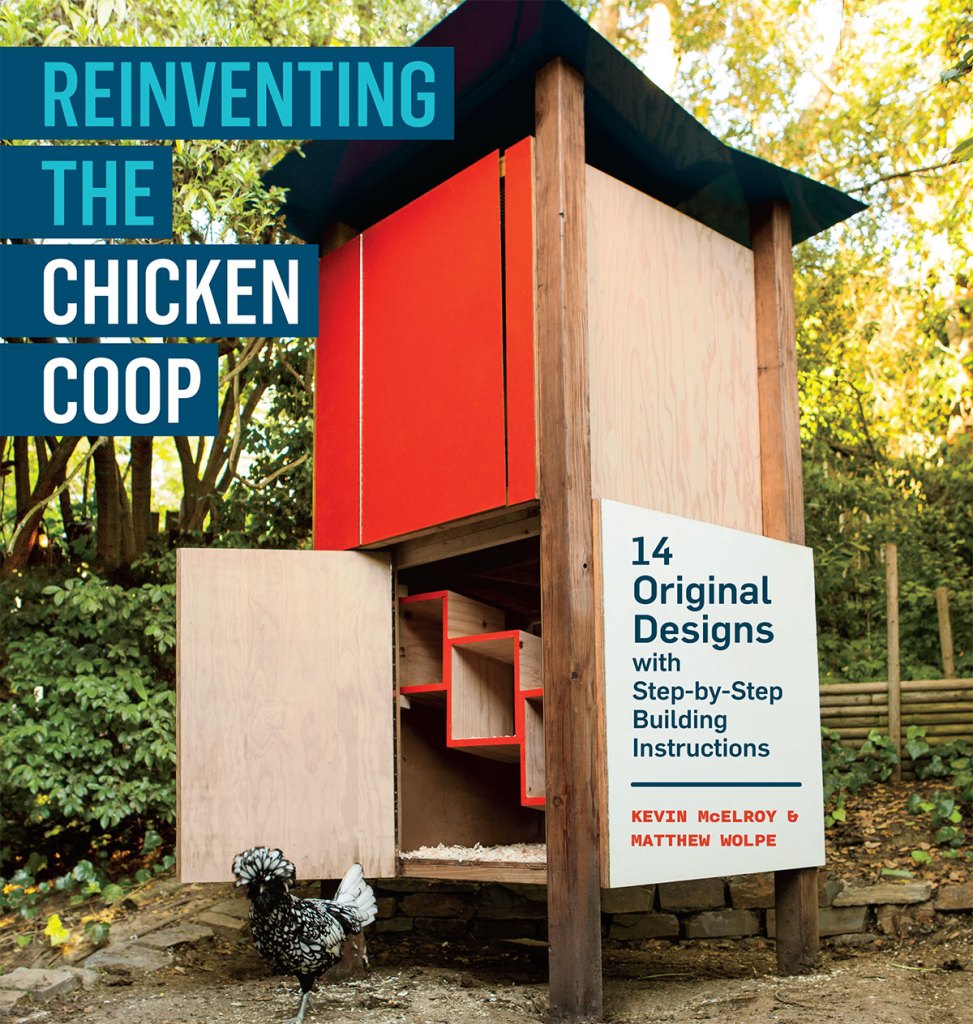
You see, we are not farmers, chicken experts, architects, or ecologists—we are makers.
What appeals to us about the form is that there’s a set of design parameters for a well-designed coop, and beyond that it can really be anything. Also, most coops are informal structures and typically do not require building permits or messy bureaucracy.
With coops, ordinary people can actually build something of architectural significance—a work of art even—next to their home and be proud of the statement it makes:
I made this thing, and it brings me closer to the food I eat every day.
Along with our desire to explore the idea of what a chicken coop could be, like any thoughtful designers we wanted to be cautious and deliberate. A new idea isn’t always a good one, and a classic, time-tested technique is not something to be dismissed. We wanted the design choices we made to be significant, not random, guided by the site and concept for each coop.
We also wanted to experiment with conventional and unconventional building materials and to treat the chicken coop like the hybrid structure it is—part outbuilding, part outdoor furniture, part sculpture. Throughout the project, we often joked with each other that our mission was to bring the coop from the backyard to the front yard.
Given the scope of what we were taking on, however, it was important to stick to our fundamental premise: To design really good coops for the chickens and their owners.
An experimental design that looks incredible but functions poorly and doesn’t pass the scrutiny of an experienced hen raiser would be a failure on our part. Therefore, we approached each coop project with the following design considerations in mind. The same guidelines and questions can help you when making modifications to your own projects.
Coop and Run Setups
For backyard chicken keeping, you can have a variety of different setups, each with its own advantages and disadvantages. Deciding which setup is right for you involves many considerations, such as the amount of available space, local zoning ordinances, weather, the number of chickens you’d like to keep, and how much time you want to spend on maintenance.
Keep in mind that a coop alone—with no access to outdoor space and ground contact—is not ideal for backyard chicken keeping. There should always be a relationship between the enclosed coop and some yard space, and that arrangement can take many forms. Here are some classic examples.
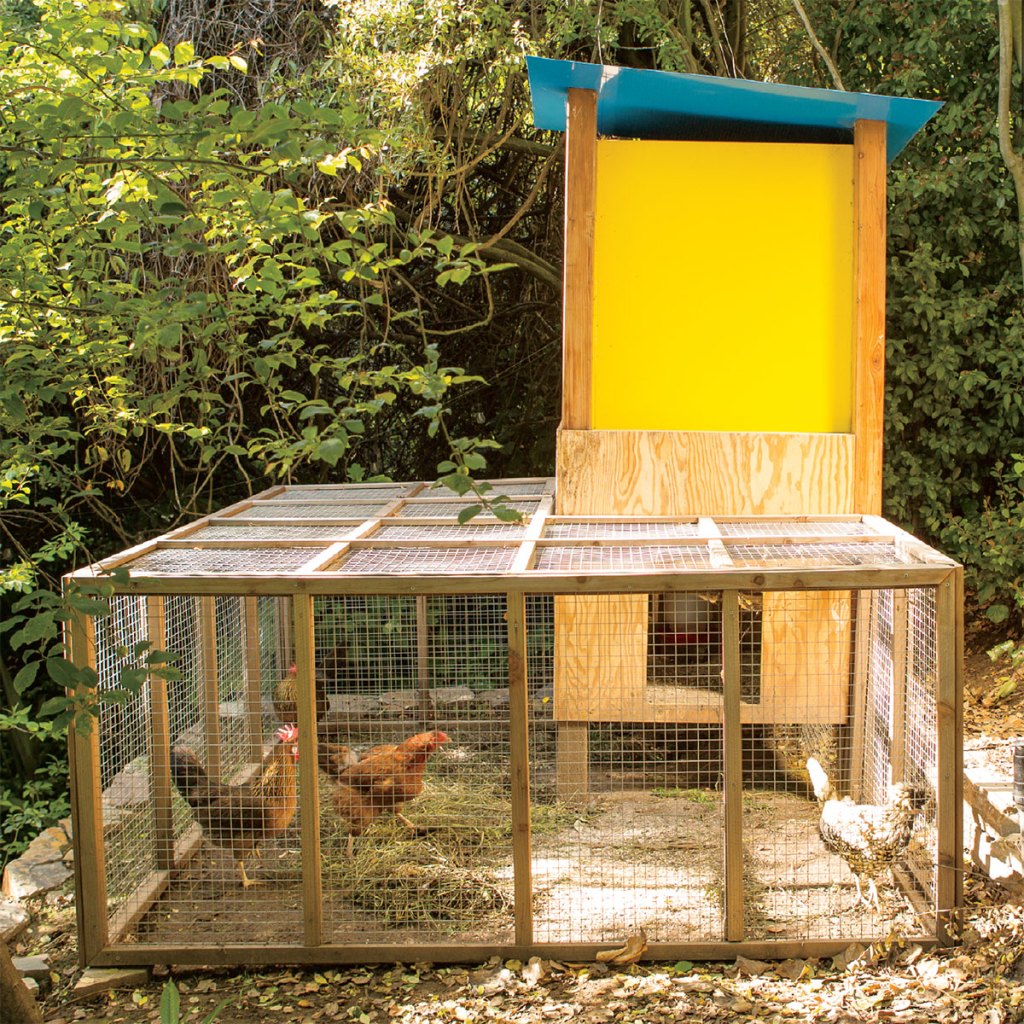
Coop and Enclosed Run (Confined Housing)
Many of the designs in this book combine a coop with an attached run, both secure from predators. The advantage here is that there’s no need to let the chickens out of their coop in the morning and lock them up at night. They’re always safe and can come and go between indoor and outdoor spaces as they please.
This is probably the most low-maintenance of coop designs. If the chickens have enough food and water, they can even be left for several days while you are out of town (though you’ll probably want to have someone check on them). The Container Coop, Pallet Coop, and Corner Coop are all built in this style.
One disadvantage to this style is that it requires more care and attention when building the coop and the run, because any weakness in the design can be exploited by crafty predators. Building a secure run also includes having a roof of some sort (which can be mesh) so that no birds can get in and predators can’t jump in from trees.
As with the fenced range option, another disadvantage is that the chickens will quickly eat through all of the vegetation in the fenced-in area and leave a generous amount of droppings. However, you can supplement their food supply with kitchen scraps and edible greens that might not make the cut into your salad.
Coop and Fenced Range (Open Housing)
If you like the idea of having “free range” chickens, and you’re the type who enjoys the daily rituals of tending to them, a coop and fenced-in run setup is ideal. With this arrangement, the coop must be secure for the hens to roost at night, but the run simply has to contain the chickens and can be nothing more than a fence (at least 4 feet high) with no roof.
This simplifies construction and allows for more design possibilities, though it does require letting the chickens out in the morning and locking them in at night. Also, the same issues of vegetation depletion and droppings accumulation noted with the coop and enclosed run apply here. Your hens will also be more vulnerable to predators if the run is built without a roof.
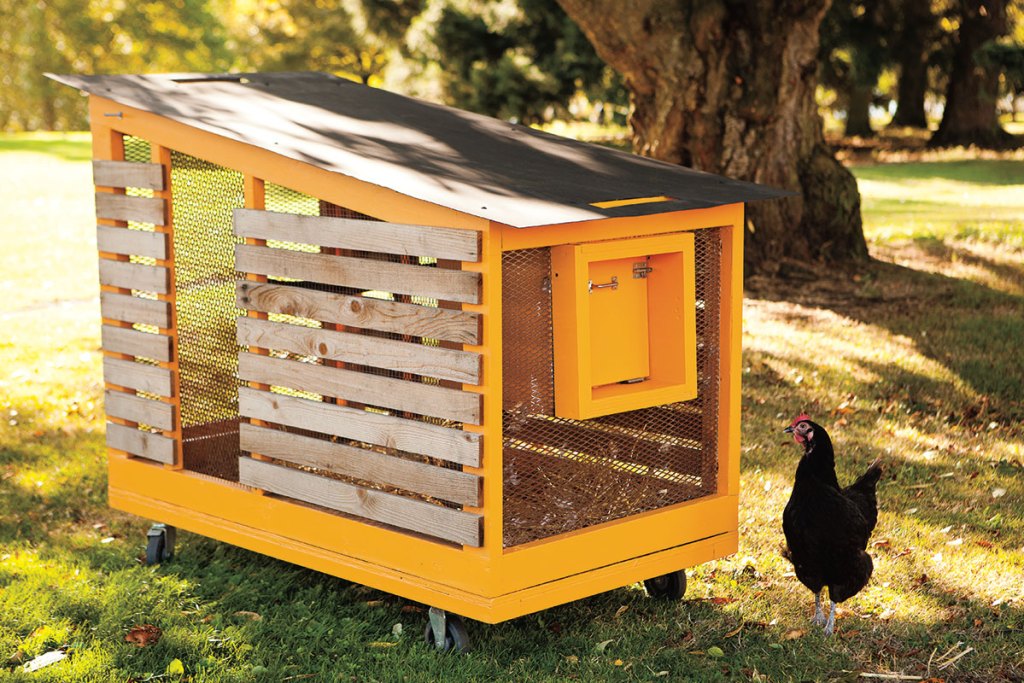
Chicken Tractor
The chicken tractor is a popular design that works like a very old-fashioned, but very natural, lawnmower. The coop is mobile and has no floor, allowing the chickens to forage, peck, and fertilize the ground directly underneath the coop. Once the immediate area is exhausted, the coop is moved to a new location with fresh ground. We love the idea of chicken tractors but find that for small urban lots you might have to dedicate all of your yard to the chickens to provide enough fresh ground.
In a matter of just two or three hours, the chickens can eat all of the vegetation in a tractor. We think a better application of a tractor design is in a farm setting, where there is plenty of area for moving the tractor, allowing sufficient time for the vegetation to regenerate before the chickens get to it again.
Another good option is a hybrid structure that can be both a tractor and a coop and run, if desired. Other drawbacks to tractor systems are that they tend to offer inadequate protection in cold weather, and when not set on level ground, they can create holes for predators to exploit.
Explore these styles in-depth inReinventing the Chicken Coop, including 14 original chicken coop designs—like the examples above and below—with step-by-step building instructions.
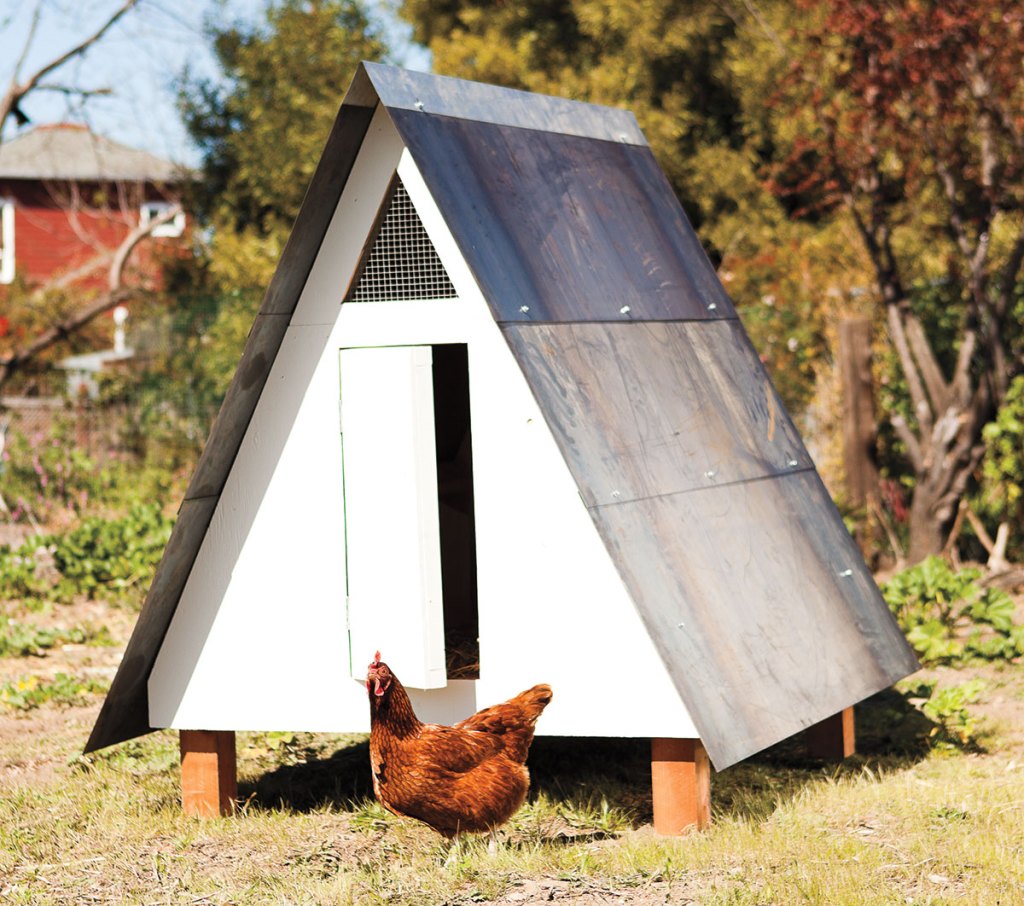
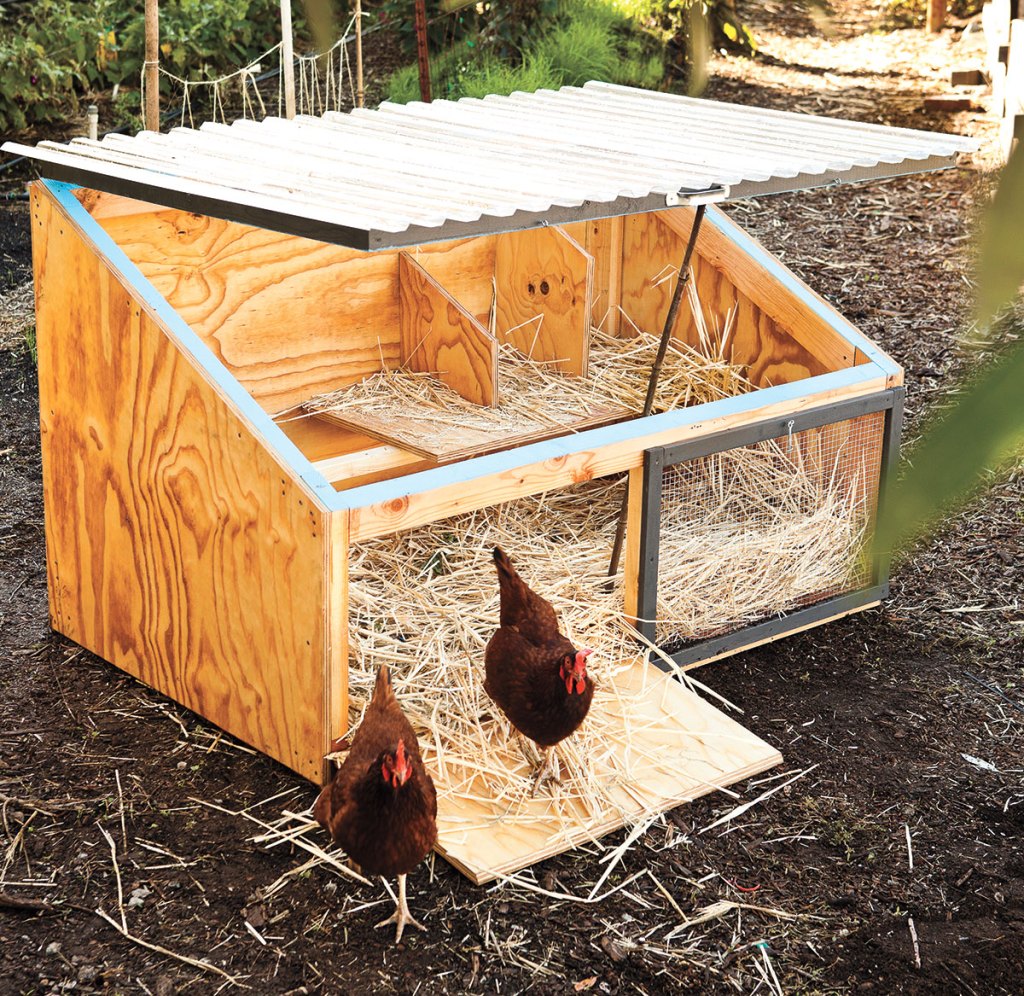
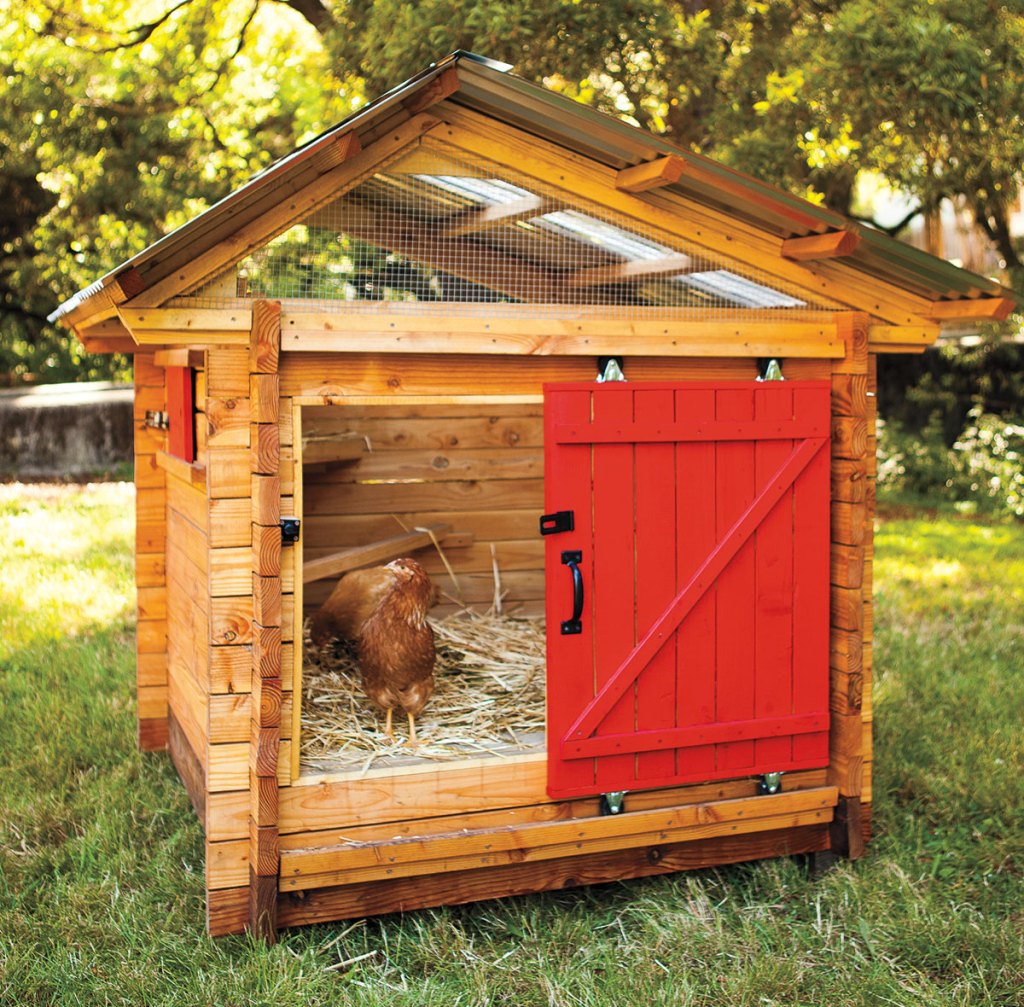
Adapted from Reinventing the Chicken Coop © Matthew Wolpe and Kevin McElroy. Photography © Erin Kunkel.
